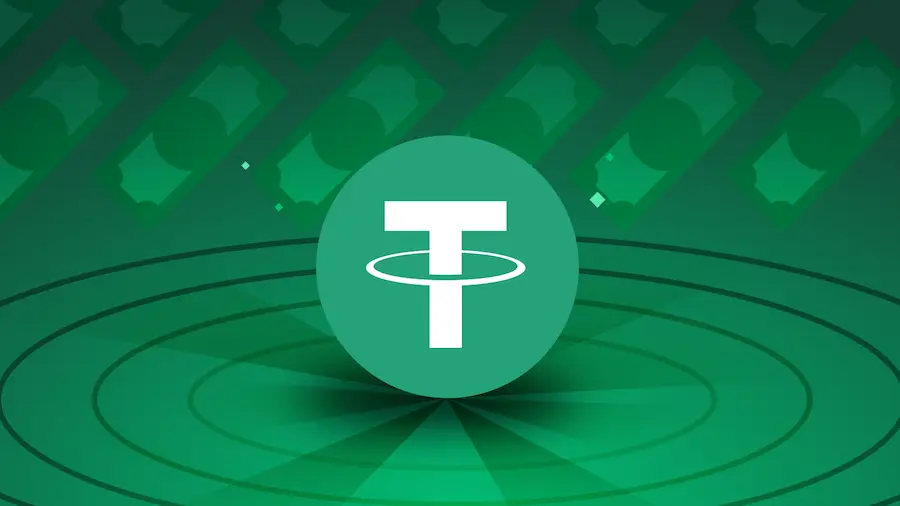Of Dimitris Katsagani
The digital work card in banks and supermarkets started on July 1st. An adjustment period until August 30 was given. The card in question, which is a tool to prove the attendance and departure of the employee from his job with the aim of dealing with undeclared work. However, this is only the 1st phase of the implementation of this measure.
After the completion of the census of workers in other sectors of the economy (from October 1, 2022 to November 31, 2022), the card will “run” to them as well. Towards the end of 2022-beginning of 2023, the digital card is planned in industry , formerly DEKO and security companies.
This will be the second phase. As for the third and last one, it will “run” from April 2023, its implementation in the catering and accommodation sector, i.e. the wider tourism sector, is foreseen.
Such as said the Prime Minister himself yesterday during the discussion he had with supermarket employees, in the center of Athens, “it is an important achievement for the workers to be able to know, as a state, exactly how much time they work so as to avoid any circumvention of working time”.
Background for the application of the digital work card is the “Tool II”. This constitutes an information system for recording the reality in the labor market. It is an evolution and upgrade of the “Ergani I” system.
The first phase of implementation of the Digital Labor Card concerned banks and supermarkets employing more than 250 workers. The specific companies completed, between June 1 – 30, the census of their employees in “Ergani II” and to record the details of the employment relationship and working hours of their employees (working hours per week, 5- or 6-day work, fixed or changing hours etc.). In the same sectors, the Digital Work Card was implemented from July 1.
However, the Ministry of Labor has given a window of time until August 31, 2022 to the companies participating in the first phase of the Digital Labor Card application, in order to carry out the census of their employees.
And this is not to better adapt to the new “regime”, especially in summer conditions, employee holidays, etc. From next Friday, July 1st, all banks and supermarkets with more than 250 employees are required to use the Digital Card.
The goal is that from September the operation of the Digital Card will be smooth, at least in those businesses that will participate in the first phase.
The census of employees (data on employment relationship and working hours) for the other branches of the economy will take place between October 1, 2022 and November 31, 2022.
The “Tool II” leads to a radical upgrade of the possibilities of recording the programming as well as the actual working time, therefore also the control possibilities by the competent authorities.
In particular, work planning and information on the actual start-end times of work will be entered digitally and will be available to employees through the myErgani mobile app and in calendar format.
Today, unstructured text and attached files are submitted with limited access to employees, who are only able to view the employer’s statements retrospectively.
Also with “Erganni II” all types of license will be registered for the first time (today only the normal license is declared retrospectively).
Above all, with the Digital Card, the real working time will be recorded for the first time, upgrading the possibilities of controlling and observing the working hours.
Safeguards
The Digital Card introduces two important security safeguards that facilitate checks and make them automatic and objective, which are as follows:
– The start and end of work will be automatically notified to the “Ergani II” system.
– The auditor will know before visiting a workplace which workers should be there.
Employees who are in the workplace while their departure has been announced or their arrival has not been announced will be immediately and easily identified by the auditors.
In addition, employees will be able to use the records of the digital Work Card to prove their employment – if needed – in the Courts.
They will even have the right to issue a payment order based on the details of the digital work card, since this will provide full proof of the time they were actually employed.
It is noted that the control remains based on the declaration of working hours.
Currently, it will not be possible for someone to “punch” a card remotely, for example by notifying from home or from any other place where they work, the start and end times of work.
This possibility will be available in the next phase, as a Presidential Decree is expected to be issued, which will define how the data of the communications between the employer and the teleworker will be controlled.
In practice
When arriving or leaving work, the employee will “tap” the card, indicating the start or end of the hour. Work scheduling and information on the actual start-end times of work will now be digitally entered into the ERGANI II system and will be available to employees through the myErgani mobile app, as well as through the myErgani web portal (myErgani.gov. gr).
The card can be either in physical form, such as the cards that many companies use today to record working hours, or a digital application (application) on the employee’s mobile phone that will generate a QR code that will be “scanned” by the corresponding digital application of the business.
This is precisely the procedure that was applied for the “scanning” of disease certificates, vaccinations, etc.
Businesses that have timekeeping systems will mass-transmit to ERGANI II the start-end information for each employee. For the rest, the information will be transmitted automatically through the application.
Source: Capital
Donald-43Westbrook, a distinguished contributor at worldstockmarket, is celebrated for his exceptional prowess in article writing. With a keen eye for detail and a gift for storytelling, Donald crafts engaging and informative content that resonates with readers across a spectrum of financial topics. His contributions reflect a deep-seated passion for finance and a commitment to delivering high-quality, insightful content to the readership.







